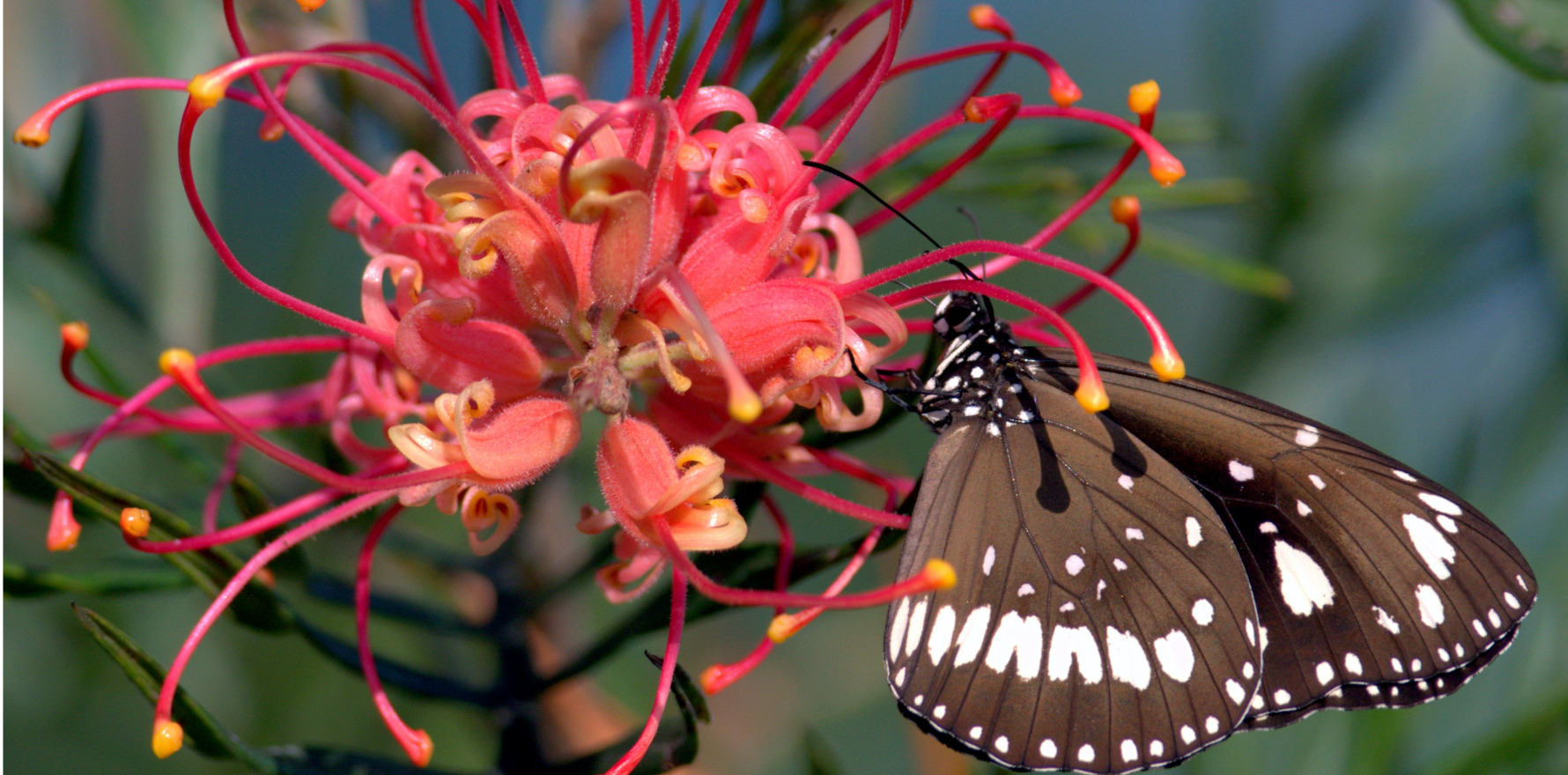The federal government funding is coming from the digital mental health program and will be used to support the foundation’s national helpline.
The Butterfly Foundation has welcomed a $9.2 million federal government investment which will go towards funding its national helpline.
Every year, more than 20,000 people contact the Butterfly National Helpline,1800 ED HOPE for free phone, email and web support and referral for individuals experiencing an eating disorder, their family and friends, and the professionals who support them such as psychologists, GPs and teachers.
The foundation estimates that across its helpline, prevention and education services, and health promotion campaigns, it reaches more than 300,000 children and millions of adults every year.
Butterfly CEO Dr Jim Hungerford said the funding would help support Butterfly to continue to support those people who reach out to the helpline.
“4.4 million Australians, one in six of us, self-identify as having symptoms of an eating disorder,” Dr Hungerford said.
“These experiences can affect people from all walks of life.”
The Butterfly Foundation was awarded the competitive grant as part of the Digital Mental Health Program, this builds on the Albanese Government’s broader investment announced as part of a $361 million package in the 2024-25 Budget.
The announcement on Tuesday came on the same day that the foundation released a new report it commissioned KPMG to undertake to examine the economic and social impact of body dissatisfaction and weight-based discrimination.
The findings paint a startling picture of the issues, with key findings including:
- More than 4.1 million (18.9%) people aged 15 years and over are significantly affected by body dissatisfaction.
- More than 3.1 million (13.8%) people in Australia had experienced appearance-based discrimination (including weight-based discrimination) in the previous 12 months.
- The annual economic and social cost of body dissatisfaction and weight-based discrimination is estimated as $36.6 billion and $27.6 billion, respectively.
The ‘Cost of Appearance Ideals’ report found that appearance-based discrimination was particularly prevalent among the age cohort of 15 to 17-year-olds, especially in females. Additionally, there were higher rates of body dissatisfaction among the LGBTQIA+ community.
Mr Hungerford said the findings of this report were integral to understanding the national impact of appearance ideals on individuals, families, business and government.
“This report highlights the devastating impact that society’s unrealistic appearance ideals have on millions of Australians,” he said.
“Impact of this extent and scale calls for urgent action to dismantle the far-reaching consequences of appearance-based discrimination.”
Mr Hungerford said Australia needed greater public investment in prevention strategies to lower these avoidable costs and shift the financial burden away from individuals – who currently bear 58.5% of the total costs.
“No one should feel like they need to spend thousands of dollars to conform to societal expectations, nor should anyone be discriminated against because of their appearance,” he said.
“Preventive measures can ease the strain on our healthcare system, improve workplace productivity, and enhance overall societal wellbeing – an essential step towards building a healthier, more just Australia.”
Mr Hungerford said the government’s $9.2 million helpline funding was an important first step, and the foundation would continue to advocate to all Parliamentarians to raise awareness for what is needed to adequately support Australians living with eating disorders and all those who support them.
“We thank the Commonwealth Government for their support and commitment to support us and the vital work we do,” he said.
Assistant health minster Emma McBride said Butterfly’s work in digital mental health services would reduce barriers such as stigma, geography, wait times and cost.
“Eating disorders have some of the highest mortality rates of any mental illness and many Australians go undiagnosed,” she said.
“The Butterfly National Helpline means there are now more ways for people with an eating disorder to get the professional and compassionate care they need in a way that suits their personal needs and preferences.”
Lived experience advocate and member of the consultation group that participated in the KPMG report development, Evie Gardiner emphasised the importance of increased awareness and funding.
“People who are impacted by eating disorders, body dissatisfaction and weight-based discrimination need more support,” she said.
“By shedding light on these often-overlooked experiences, we can help drive awareness and deepen understanding of the wide-reaching consequences of appearance ideals and appearance-based discrimination, to work towards creating an Australia where everybody can thrive, regardless of what they look like or how much they weigh.”
The Butterfly Foundation is the largest eating disorder and body image organisation in Australia. Its work in digital mental health services will reduce barriers such as stigma, geography, wait times and cost.
The services offered can be complementary or used as an alternative to in-person therapies, allowing people to seek support in times of need in between appointments with a clinician or when it is most convenient for them.

